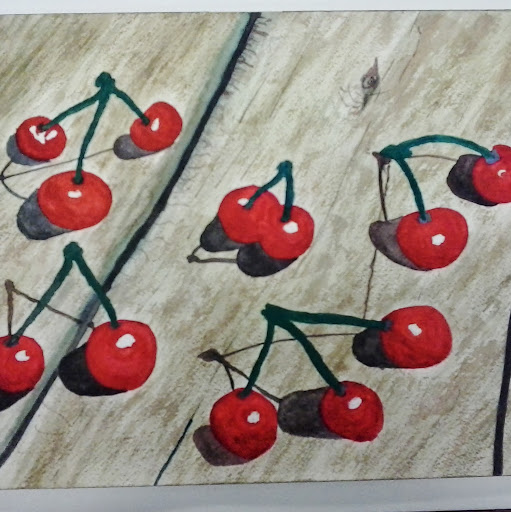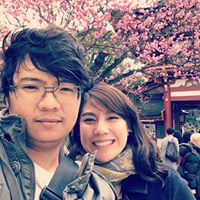Su U Xu
age ~57
from Milpitas, CA
- Also known as:
-
- Sam Xu
- Susam Xu
- Xu Su
- Phone and address:
-
1184 Park Willow Ct, Milpitas, CA 95035
4082631128
Su Xu Phones & Addresses
- 1184 Park Willow Ct, Milpitas, CA 95035 • 4082631128 • 4089844932
- 3711 Gold St, Los Alamos, NM 87544 • 5056617660
- 2200 Monroe St, Santa Clara, CA 95050 • 4089844932
- Rochester, NY
Us Patents
-
Enhanced Photophysics Of Conjugated Polymers
view source -
US Patent:6569952, May 27, 2003
-
Filed:Sep 5, 2001
-
Appl. No.:09/947192
-
Inventors:Liaohai Chen - Argonne IL
Su Xu - Santa Clara CA
Duncan McBranch - Santa Fe NM
David Whitten - Santa Fe NM -
Assignee:The Regents of the University of California - Oakland CA
-
International Classification:C08F 830
-
US Classification:5253271, 5253281, 5253328, 5253329, 5253331, 5253332, 5253593
-
Abstract:The addition of oppositely charged surfactant to fluorescent ionic conjugated polymer forms a polymer-surfactant complex that exhibits at least one improved photophysical property. The conjugated polymer is a fluorescent ionic polymer that typically has at least one ionic side chain or moiety that interacts with the specific surfactant selected. The photophysical property improvements may include increased fluorescence quantum efficiency, wavelength-independent emission and absorption spectra, and more stable fluorescence decay kinetics. The complexation typically occurs in a solution of a polar solvent in which the polymer and surfactant are soluble, but it may also occur in a mixture of solvents. The solution is commonly prepared with a surfactant molecule:monomer repeat unit of polymer ratio ranging from about 1:100 to about 1:1. A polymer-surfactant complex precipitate is formed as the ratio approaches 1:1.
-
Optical Limiting Device And Method Of Preparation Thereof
view source -
US Patent:20020182388, Dec 5, 2002
-
Filed:May 31, 2001
-
Appl. No.:09/872218
-
Inventors:Su Xu - Santa Clara CA, US
Duncan McBranch - Santa Fe NM, US -
International Classification:B32B007/02
-
US Classification:428/212000
-
Abstract:Optical limiting device and method of preparation thereof. The optical limiting device includes a transparent substrate and at least one homogeneous layer of an RSA material in polyvinylbutyral attached to the substrate. The device may be produced by preparing a solution of an RSA material, preferably a metallophthalocyanine complex, and a solution of polyvinylbutyral, and then mixing the two solutions together to remove air bubbles. The resulting solution is layered onto the substrate and the solvent is evaporated. The method can be used to produce a dual tandem optical limiting device.
Name / Title
Company / Classification
Phones & Addresses
Secretary, Treasurer
Pinnacle Shipping, Inc
License Records
Su Xu
Address:
1184 Park Willow Ct, Milpitas, CA 95035
License #:
A5277723
Category:
Airmen
Resumes

Su Xu
view source
Su Xu
view source
Su Xu
view sourceMedicine Doctors

Su Xu
view sourceSpecialties:
Dermatopathology
Pediatric Otolaryngology
Anatomic Pathology & Clinical Pathology
Dermatopathology
Pediatric Otolaryngology
Anatomic Pathology & Clinical Pathology
Dermatopathology
Education:
Shanghai Medical University (1984) Dermatology - Dermatopathology
Youtube
Googleplus

Su Xu
Tagline:
Newbie in Google+

Su Xu

Su Xu

Su Xu

Su Xu

Su Xu

Su Xu

Su Xu
Flickr

Helen Su Xu Xu
view source
Su Xu
view source
Su Xu
view source
Su Xu
view source
Su Cen Xu
view source
Su Nardi Xu
view source
William Su Xu
view source
Su Xu
view sourceGet Report for Su U Xu from Milpitas, CA, age ~57













